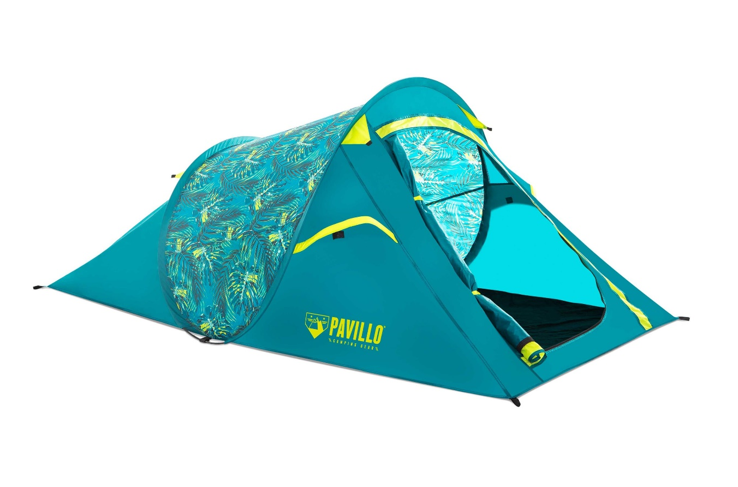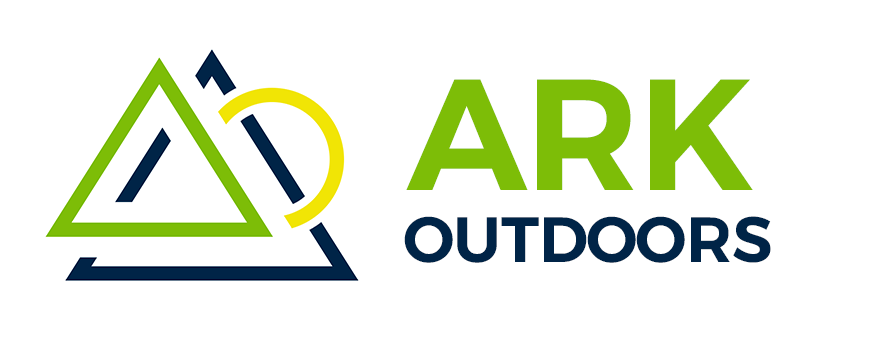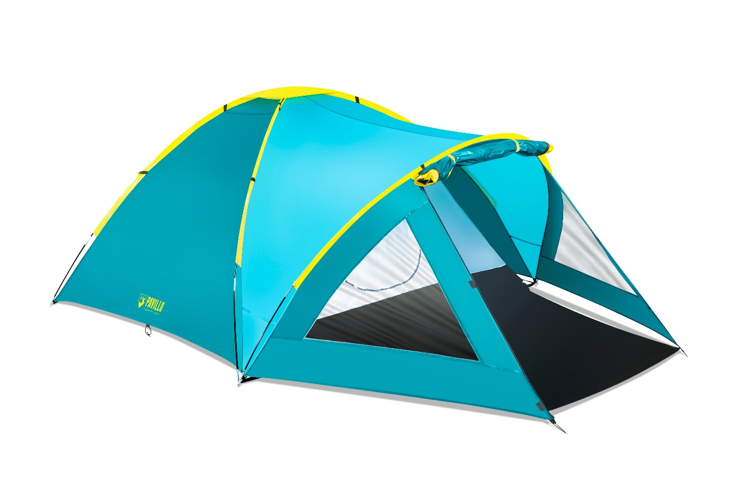A tent is your home away from home, it is one of the most important pieces of equipment in your kit. A quality tent is absolutely necessary if you want to enjoy your camping experience.
Choosing the right type of tent will come in very handy when you are in the outdoors. You don’t want a tent that’s too big or too small for your needs. A single person doesn’t really need a four-person tent, it’s that much more weight to lug around, takes longer to set up and pack down (although our pop-up tents eliminate that issue) and is much bigger than what you actually need.
This is camping, we are not talking about glamping here where you are being put into a big safari style tent with a queen sized bed waiting for you with puffed up pillows and warm quilts (although that doesn’t sound too bad either) but, if you want to go camping in the outdoors amongst the stars and nature, it is essential that you choose the right tent for you. The tent will protect you from the elements and help you create years of camping memories, quite literally it is your home away from home.
Here are some tips to help you choose your tent:
1. Number of people
First things first, how many people are going to be using the tent at once? Basically, you need to ask yourself how many people are going to be sleeping in the tent. Then you need to consider if you need extra space for your gear, friends or dogs.
Keep in mind, however, that no industry standard exists that defines per-person tent dimensions. The specifications of a four-person tent means that four people would be a snug fit, with no space for your gear. This works for some families if they have their car parked on the campsite and store all their gear in the car. If the family is going to be putting all their gear in the tent then it can get quite tight for four people with their gear and backpacks also inside the tent.
General rule of thumb – Always assume that the tent is going to be a tight fit, and increase the tent size by one more person particularly if the following apply to you:
- You are going to be keeping lots of gear inside the tent
- Your partner/companion is of a larger size
- They are also bringing their dog
- The tent does not have an annex for storage or a stocking area
For example, if two people are going camping and some of the above criteria applies then they would be more comfortable in a three-person tent.


2. Tent features
All tents are made different but also the same. They all have the same basic construction but what makes them stand out from some of the other tents is their key features. You should look into the following key features to make sure you are getting a tent that will last and also protect you against the elements:
- PU rating/Water column/Water head rating: This is the waterproofing of the tent, it’s the measure of how waterproof the tent is. Or to be more precise, a measure of how much water pressure the tent fly fabric can withhold before it starts to seep through. Depending on where you are going to be camping this is an essential thing to look into. If you are going to be camping where you know it rains quite often you want a tent with a high PU rating.
On average, we say that a good quality tent with a 1500 – 3000mm waterhead rating on the tent fly along with a durable polyethylene floor is going to keep you sheltered and dry in all but the absolute worst of conditions.
- Insect mesh door: You want to make sure that your tent has some sort of insect net on the windows and doors. This will help a lot when you roll up the outside fly for some ventilation and are not swarmed with insects and bugs inside your tent.
- Ventilation: The tent should have a front door that you can roll up or unzip, windows are an added bonus and on top of all this if they are mesh protected it’s a big plus as you can have air ventilating through the tent without insects getting in.
- Tent frame and poles: You want to make sure that the tent frame and poles are made from durable and lightweight materials. Something like fibreglass is quite popular for tents now as it is both strong and lightweight.
- Interior loops and pockets: These can be so handy to hang a light from inside the tent, or just store small gear in so it doesn’t take additional room on your tent floor. Interior pockets also help keep your tent more organised.
- Covered annex or Stocking area: This is also sometimes called an Absyde. Its basically the front part of the tent that can be closed or zipped up separately. This allows you to store your gear outside of the tent but still keep it protected against the elements. Again, a very handy feature because it doesn’t take additional room on your tent floor. Plus, you can take your dirty shoes off and leave them outside the tent in the stoking area instead of having to bring them in, or leaving them out in the open.
- Tent fabric: The tent fabric specs correlate to the tent’s performance capabilities and suitability to handle different conditions. Basic things that help you understand tent fabric are:
- Thread Count (T): This is the number of threads used horizontally and vertically per square inch of fabric. 210T means a total of 210 threads. A higher thread count represents a greater density and tighter weave in the fabric.
- GSM or G/m2: Grams per square meter, refers to the weight in grams of one square meter of raw woven canvas or polycotton canvas. A higher gsm means a higher fabric weight and thickness.
3. Weight
This is a very important thing to consider if you will be the one carrying the tent on your back. If you have a car and your campsite is right next to the car then the weight of the tent is probably not something that is going to bother you much. But, if you are going hiking somewhere, lugging around a heavy tent can be the straw that literally breaks your back. When you are going hiking every single gram of weight matters, so you want to make sure you pick a lightweight tent that doesn’t compromise on the other features and factors mentioned above.
4. Do a test run at home
Before setting out with your mates or your family, it doesn’t hurt to open the tent up and just do a test pitch either in your backyard or at the local park. This allows you to get familiar with the tent, how it is set up, what to do first, and more importantly how to pack it all up so you don’t leave anything behind and pack it in the most efficient and space friendly way.


5. Tents have different shapes and they mean something
There are different shaped tents in the market and they all have a reason for being in that particular shape.
- A-Frame – A-frame tents have the most common shape and are desirable because they’re less expensive and lightweight. The only major downside to this shape is that the sloping side walls tend to limit space.
- Dome shape – Dome-shaped tents are stabilized by flexible poles that cross over the top of the tent. Because of their structure, they provide a good amount of headroom.
- Geodesic tent – Geodesic shaped tents are good for stability if you are going to be camping in a high wind environment. Geodesic tents are similar to dome tents in that their poles crisscross, but different in that these crossed poles create triangles.
- Umbrella/Cabin shape – If you want to be able to stand up straight in your tent you should pick this type of shape
Now that you have all the information you need to pick the right tent, why don’t you check out the different types of tents at ARK Outdoors?
We have tents for different sized groups and in different shapes to meet your needs. Hate setting up and packing down a tent? We even have pop up tents that not only take literally seconds to set up and pack down but also have a high PU rating and don’t compromise on other key features.
Check out our range of tents here.
Need more camping gear? Check out our entire camping range here.


